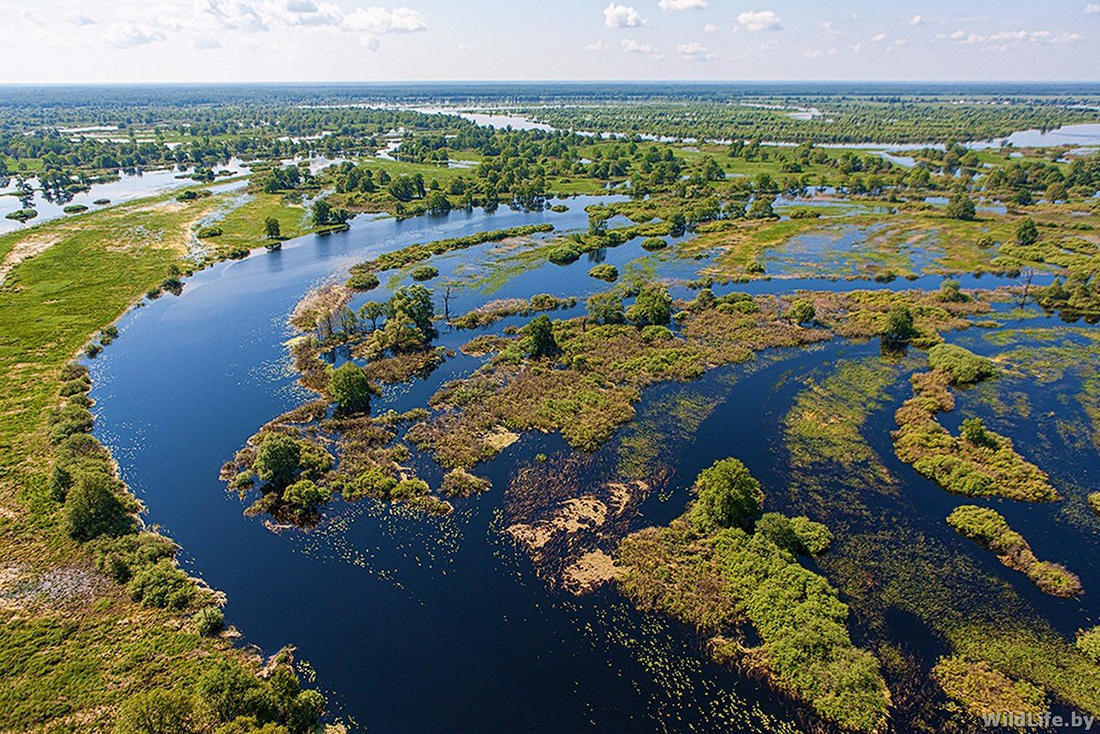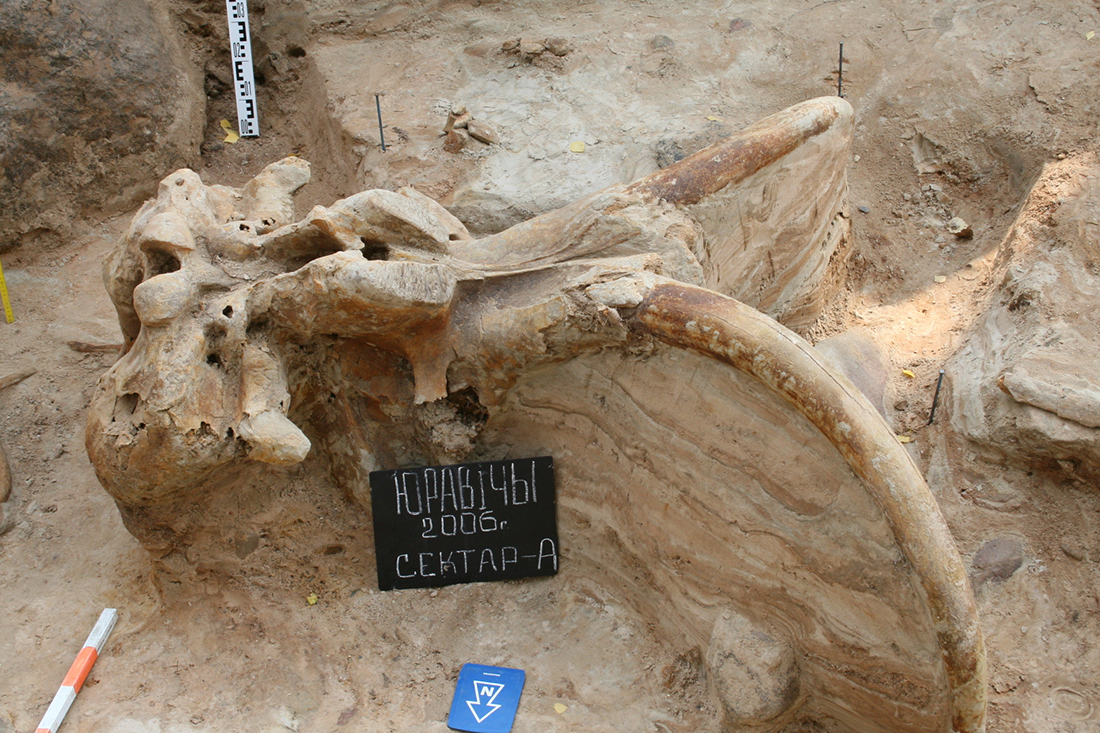
Palace of the Rumyantsevs and the Paskeviches

The Gomel Palace proudly overlooks the banks of the Sozh River. It once belonged to one of the favorites of Catherine II, Count Pyotr Rumyantsev-Zadunaisky. In the 19th century it was purchased by the famous Field Marshal Ivan Paskevich. He put together an extensive collection of works of art and antiques. The last owner of the palace was Irina Paskevich. She was the first to translate Leo Tolstoy’s novel War and Peace into French. Today the palace interiors recreate the atmosphere of the past century. The gala pillared hall, the Red Hall, the hall of festive receptions and the palace galleries… The former White Hall has now become a chamber concert hall, where live music and literary events and concerts are held. The expositions of the museum of the Gomel Palace and Park Ensemble are located in the Castle. Over 229.000 items are kept in its funds. The chapel-shrine of the Paskevich dukes, architectural monument of retrospective Russian style, is located in the northern part of the park on the high bank of Sozh.
National Park Pripyatsky

In the heart of Polesie, in the interfluves of the rivers Pripyat, Stviga and Ubort, is the National Park “Pripyat”. Its administrative center is located in the agricultural town Lyaskovichi. Over 30 lakes and several small rivers are located on the protected territory. Bisons and boars, elks and deer, trots and wolves, badgers and beavers, as well as 250 species of birds, among them – the big and small aigrettes, gray cranes, eagle owls, harrier eagles, white-tailed eagles, big and small spotted eagles, marsh owls, forest and marsh harriers and many others can be found in the park. The national park “Pripyat” is the only place on earth where the primeval inundable oak woods were preserved.
Yurovichi

The settlement of primeval people in the village of Yurovichi is about 25 thousand years old. Back in 1929, Belarusian archeologists found a settlement and during the subsequent expeditions unearthed the remains of 20 mammoths, a prehistoric bull, and a wild horse. Near the ancient dwelling of rounded shape built of bones, skins and impressive stones at the base, the archeologists found segmented blades, scrapers, and a silicon dagger. In the 1970s, archaeologists discovered five more settlements, including three Neolithic settlements, a settlement of the Bantserov culture and, most importantly, the remains of a medieval town of the 9th-10th centuries. It was as big as Polotsk but disappeared for unknown reasons and was not mentioned in historical chronicles.
Museum of Old Rites and Belarusian Traditions in Vetka

Belarusian Old Believers left a rich heritage behind them, including unique icons and manuscripts with miniatures and ornaments. The museum features over 10,000 exhibits about the history and culture of the old Orthodox village. The museum holds one of Belarus’ biggest collections of black-letter and script books, among which is Anfologion, the first Kievan book published in 1619.
⇒ To go back to the main article, please, click here
